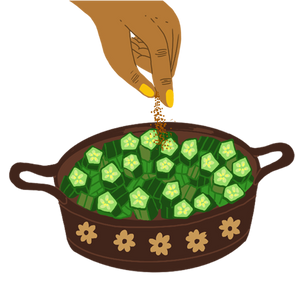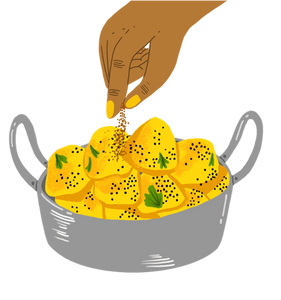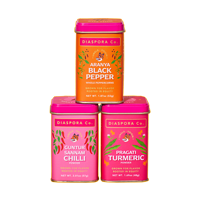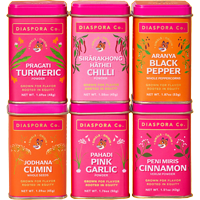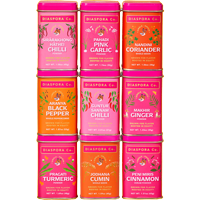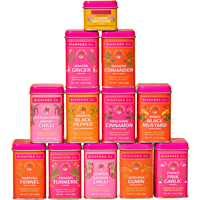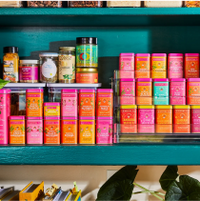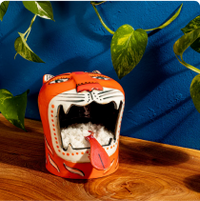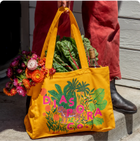Is it biryani or is it pulao? This is a long-debated question. And, at the end of the day, the distinction between the two isn't black and white — there are a plethora of answers out there, many of them conflicting.
Let's talk cooking methods first. Typically biryani is comprised of two parts: a meat base and the rice. It can be prepared either using the kacchi or pukka methods. The former describes a process in which the raw, marinated meat is layered with soaked, uncooked rice and everything is slowly cooked together. Alternatively, in the pukka method, the meat and rice are cooked separately, then layered and finished together. Pulao starts with a meat base that is often partially or fully stewed and then raw, rinsed rice is stirred, soaking up all the cooking liquid into each grain of rice.
Generally, when it comes to spices, pulao is on the milder side, whereas biryani's flavorings are bolder, but there are always exceptions when it comes to family recipes and how they classify the dish. Some say that biryani needs meat to be classified as biryani, recipes have expanded over the centuries to include versions with just vegetables. You can read more about biryani, pulao, and the Mughal influence on the Indian pantry in this Diaspora Co. x Whetstone article by Taiyaba Ali.
This recipe is inspired by a Pandit biryani — which is made without garlic and onion and uses hing to get that fragrant, allium-like flavor — but it is not truly Pandit because our house biryani masala includes Pahadi garlic in the blend. The vegetables get a little extra spice from am additional spoonful of Kashmiri chillies and a subtle tang from yogurt. Be generous with the saffron, it truly transforms the rice into something magical!
Cooking for a larger crowd? This recipe can easily be doubled! When preparing this larger size, you are going to want to 1) Use a larger pot 2) Do two layers when you get to the assembly point: Remove half the cooked vegetables, then top with half the rice and half the peas, the layer the remaining half of the vegetables, and top with the last half of the rice and peas, finishing with the saffron water, and chopped herbs. 3) Increase the bake time to 35 minutes and the rest time to 15 minutes.




